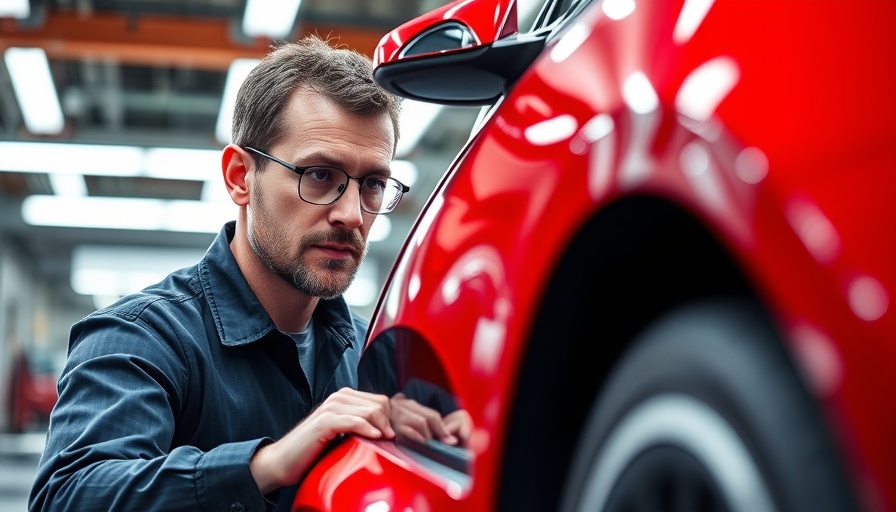
Electric Vehicles: The Future is Here
As we approach 2025, a significant transformation is underway in the automotive industry, with the International Energy Agency (IEA) forecasting that more than 25% of cars sold globally will be electric vehicles (EVs). This milestone indicates a remarkable shift toward sustainable transportation, particularly in urban landscapes like California, where residents are increasingly focused on eco-friendly living.
The Global Surge in EV Sales
According to the IEA’s Global EV Outlook 2025 report, over 20 million EVs are expected to hit the roads in 2025. The report highlights China as a key player, where nearly half of all car sales last year were electric. The country's proactive policies, including substantial trade-in subsidies, have galvanized growth, ensuring that the price gaps between EVs and traditional vehicles are steadily closing.
Cost Comparisons: EVs vs. Traditional Vehicles
Despite the challenges presented by fluctuating tariffs and the higher initial costs of EVs in markets such as the U.S., many consumers find the long-term savings substantial. For example, in Europe, charging at home often proves cheaper than gasoline, even amidst falling oil prices. This trend is particularly relevant for California homeowners who are considering switching to EVs, especially with the state's push for cleaner technologies.
Industry Dynamics and Consumer Behavior
The surging demand for EVs also reflects changing consumer attitudes towards sustainability and energy efficiency. Rho Motion reports a 29% increase in global EV purchases in early 2025 compared to the previous year. As more consumers recognize the long-term benefits of EV ownership, including lower maintenance and fuel costs, the automotive industry is poised for a dramatic shift in product offerings and priorities.
Conclusion: Embracing Change
The expected percentage of EVs sold by 2025 illustrates an exciting trend towards sustainable living. For California residents, the decision to invest in electric vehicles not only aligns with state policies but also supports a broader commitment to reducing carbon footprints. As we continue to witness this evolution in the automotive landscape, it's important for consumers to stay informed on the latest developments in electric vehicle technology and infrastructure.
 Add Row
Add Row  Add
Add 




Write A Comment